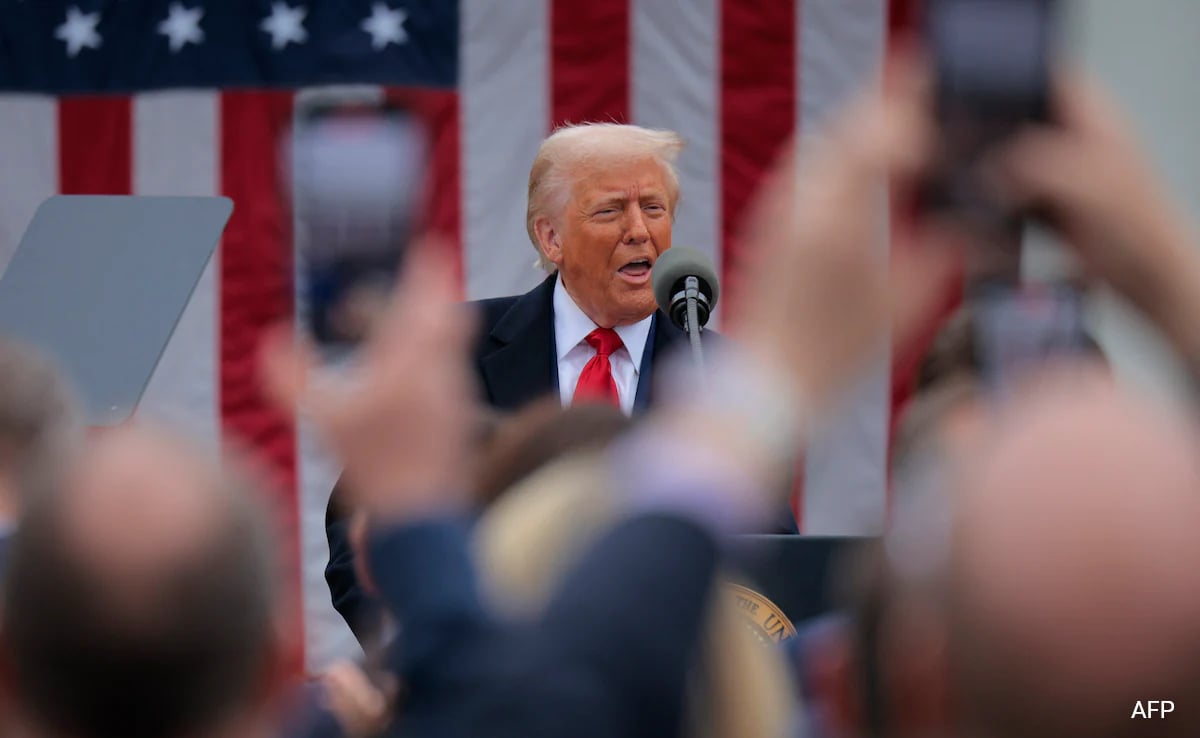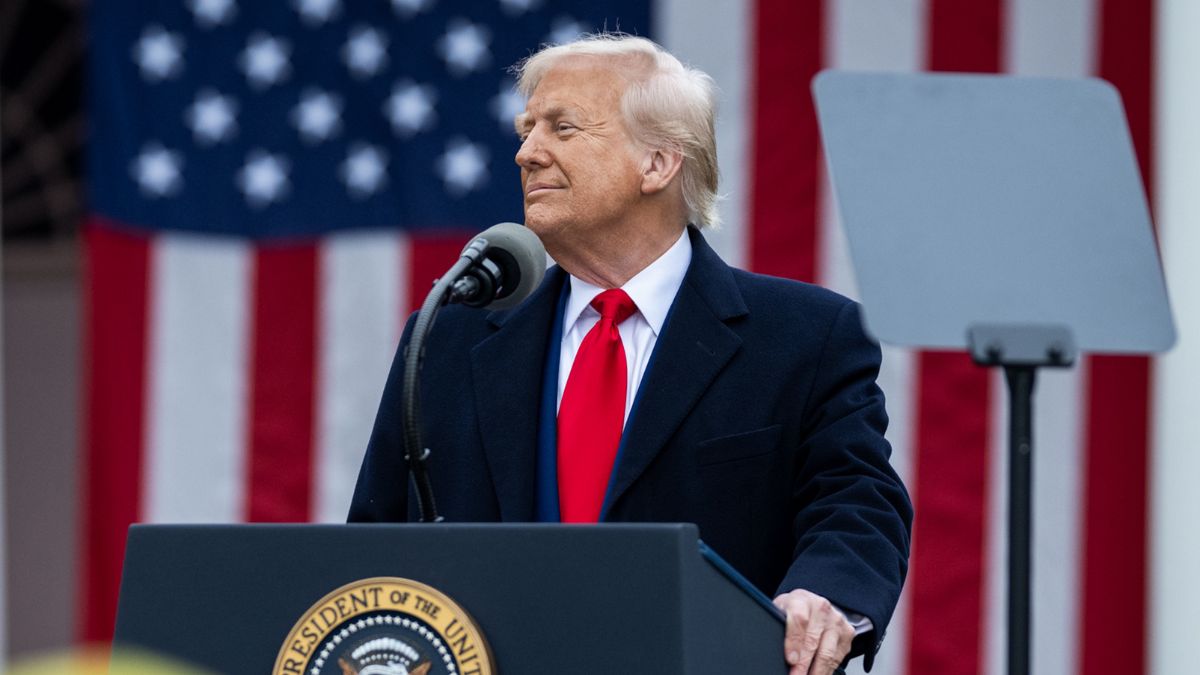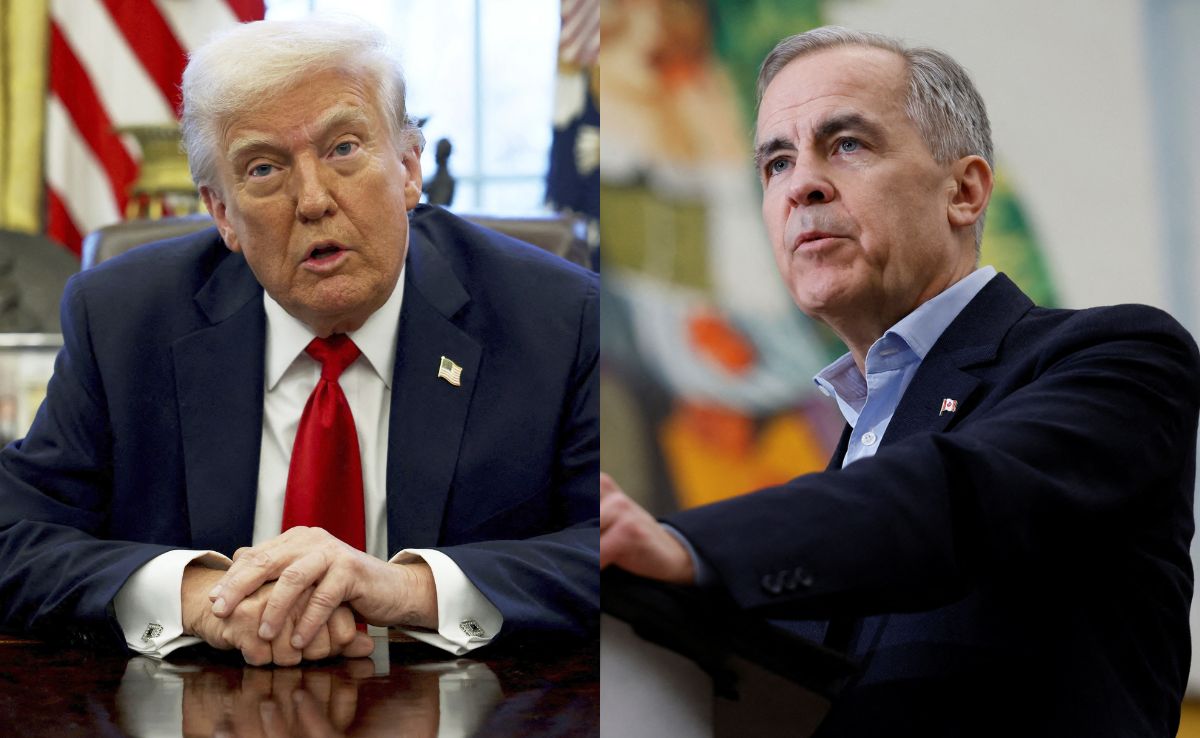Donald Trump has gone to war with the rest of the world, not with tanks, guns, ships, or fighter jets, but with tariffs. “Liberation Day”, as he calls it, is here. But it isn’t about attaining freedom in any way. Rather, it a retaliatory move which may leave the global marketplace devastated.
President Trump signed the presidential order shortly after his speech. The White House later told reporters that due to a “national emergency” which has stemmed from security concerns due to persistent trade deficits, the US is imposing a “baseline” 10 per cent tariff would start at 12:01am local time (9:30 am IST) on April 5, while the higher country-specific tariffs would begin from 12:01 am local time (9:30 am IST) on April 9.
Several world leaders, heads of states, economists, and financial experts have reasoned that “a trade war will benefit noone”. Like all wars, it is the people and the economy which will suffer the most. But President Trump has been detemined to put it to test. “Let’s see what happens,” Mr Trump has said.
Speaking at the “Liberation Day” tariff announcement from the White House Rose Garden, President Trump said, “For far too long, other countries have looted and plundered us, while taking advantage of our policies. But no longer. April 2nd will forever be known as Liberation Day – when America reclaimed its industries. We will now impose reciprocal tariffs on countries that tariff us – Reciprocal means we do to them, what they do to us, as simple as that.”.
“By doing this we will reclaim our jobs, we will reclaim our industry, we will reclaim our small and medium scale businesses…and we will make America wealthy again. Jobs will come roaring into America now,” he added.
He said that “America will be kind on other nations and charge only half of what they charge.” He announced this showing a comparitive chart of tariffs – US vs Other Countries.
The announcement was made shortly after 4pm local time (8pm GMT – 1:30am IST). There were loud cheers from the attendees, as President Trump was announcing the country-specific tariffs.
Donald Trump’s ‘trade war’, perhaps a more accurate term to describe the US legislation, will most certainly draw global retaliation. Here are the sectors which will be impacted most by American import duties:
1) Steel and Aluminum – Donald Trump has increased tariffs on all steel and aluminum imports to 25 per cent, and extended the duties to hundreds of downstream products. The US is the world’s largest aluminum importer and the second-largest steel importer. More than half of those volumes come from Canada, Mexico and Brazil.
2) Automobiles and Motorbikes – Donald Trump has announced 25 per cent ‘global’ tariff on all imported cars and light trucks. The import duty, he said, will be imposed over and above previous duties on imports of finished vehicles. “On motorbikes, Vitenam and India charge as much as 70 and 100 per cent respectively, and now we will do the same.”
3) Pharmaceuticals – Donald Trump has decided that the US will tariff pharmaceutical raw materials, supplies, and medicines. This is a major change is US trade policy as pharmaceuticals have generally always been exempt from tariffs in the US.
4) Alcohol and Alcobev Industry – Donald Trump had announced a 200 per cent tariff on all wines, cognac, spirits, and other alcohol imports from Europe. This is in response to an EU plan to impose tariffs on American whiskey and other products. Whether or not this has been implemented in today’s tariff structure is yet to be seen.
5) Semiconductors – President Trump said that tariffs on semiconductor chips would start at “25 per cent, or higher.” This, he added, would rise substantially over the course of a year.
6) Agriculture – The Trump Administration has said that it will reciprocate tariffs on agricultural and dairy produce on nations which tariff American agri products. Countries like India, which charges 100 per cent import duty on agricultural products, Japan, which charges 700 per cent on imported rice, China charges 65 per cent, and the EU, which charges 50 per cent on dairy products from the US must brace for reciprocal tariffs, the White House said.
7) Meat Products – On beef imports, especially from Australia, Donald Trump said, “They have banned beef imports from the US to protect their farmers. I can understand that, but why should we continue to import beef from them either. We have farmers too. So, effective midnight, we end all beef imports from Australia.”
The new duties, which are significant, and would impact a wide range of countries, including close allies of the US, have undone decades-old trade arrangements – some of which have been in place since 1947.
Some of the country-specific tariffs that President Trump announced are:
- China – 34 per cent
- India – 26 per cent
- European Union – 20 per cent
- United Kingdom – 10 per cent
- Japan – 24 per cent
Donald Trump has often called the word ‘tariff’ the “most beautiful word in the dictionary,” and his personal “favourite word”, as it would “surely make America great again”, but economists disagree. Thery warn that Trump’s tariffs would slow the global economy greatly, even raising the risk of recession worldwide as demand would drop drastically and suplly chains and logistics would be severely challenged.
Economists further warn that Donald Trump’s tariffs on US imports will increase living costs for the average US family by thousands of dollars, leading to widespread inflation and ultimately decrease the average American’s purchasing power. According to an economic survey by US’ Yale University, a mere 20 per cent tariff, on top of those currently in place, would cost the average US household at least $3,400.
According to news agency Reuters, US businesses are feeling the heat too, as US stocks have erased nearly $5 trillion of value since Donald Trump became President for the second time.
(Inputs from Reuters)




